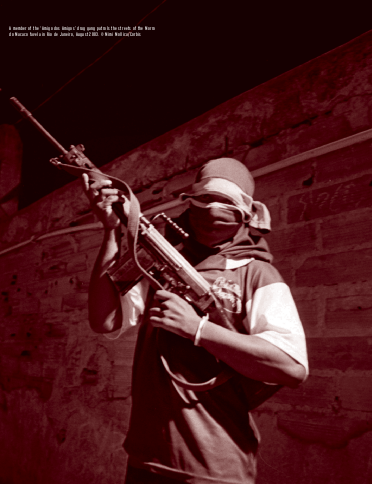
Brazil, a country with almost no record of violent conflict in its history, stands out today for its high levels of firearm violence. Firearm victimization increased steadily from the 1970s to 2004, when the first signs of a tapering-off were publicized. The firearm death rate grew threefold from 7 to 21 deaths per 100,000 in the period 1982–2002. The news media have covered the country’s escalating gun violence extensively but simplistically. News accounts focus on spectacularly violent attacks by organized criminal organizations in Brazil’s main cities, but overlook the deadlier effects of common, routine firearm violence, which is a rural as well as urban phenomenon.
The study demonstrates that even the complex phenomenon of firearm violence in Brazil can be broadly explained using social science and public health methodologies. It shows that no single factor is responsible for firearm violence in Brazil. Accordingly, interventions and public policy will benefit from integrating several approaches and agencies in a multi-sector and multilevel effort that encompasses social development, the supply and demand for small arms, and law enforcement capacity. To prioritize populations at highest risk of firearm violence, educational and work opportunities for young people must be improved and health-based prevention strategies to curb rates of early pregnancy and single parenthood must be introduced.
Below is a link to this and the other chapters in English and sevral other languages.
www.smallarmssurvey.org/publications/by-type/yearbook/small-arms-survey-2007.html
Resource collections
- UN Habitat - Urban Response Collection
- Urban Response - Urban Crisis Preparedness and Risk Reduction
- Urban Response Collection - Community Engagement and Social Cohesion
- Urban Response Collection - Economic Recovery
- Urban Response Collection - Environment and Climate Change
- Urban Response Collection - Housing, Land and Property
- Urban Response Collection - Urban Crisis Response, Recovery and Reconstruction
- Urban Response Collection - Urban Resilience